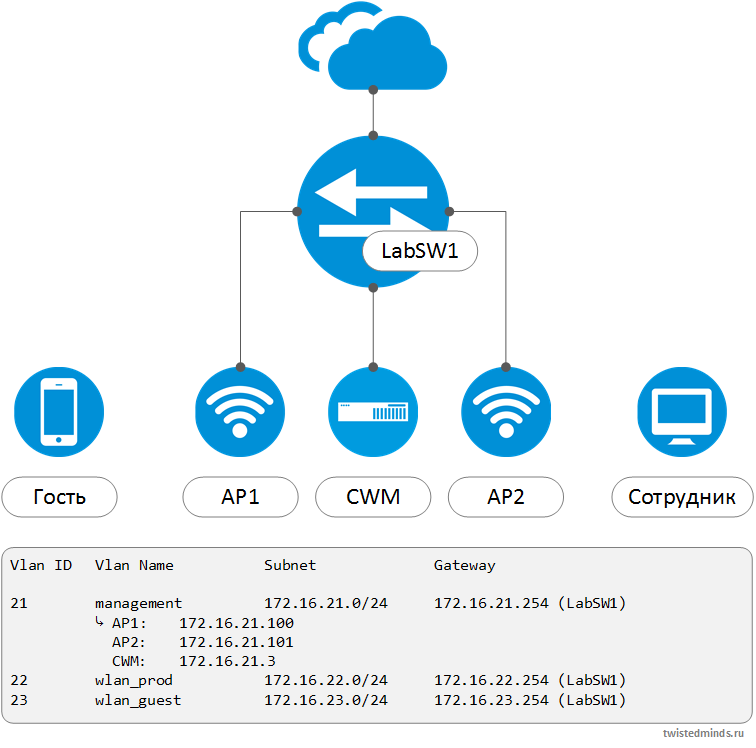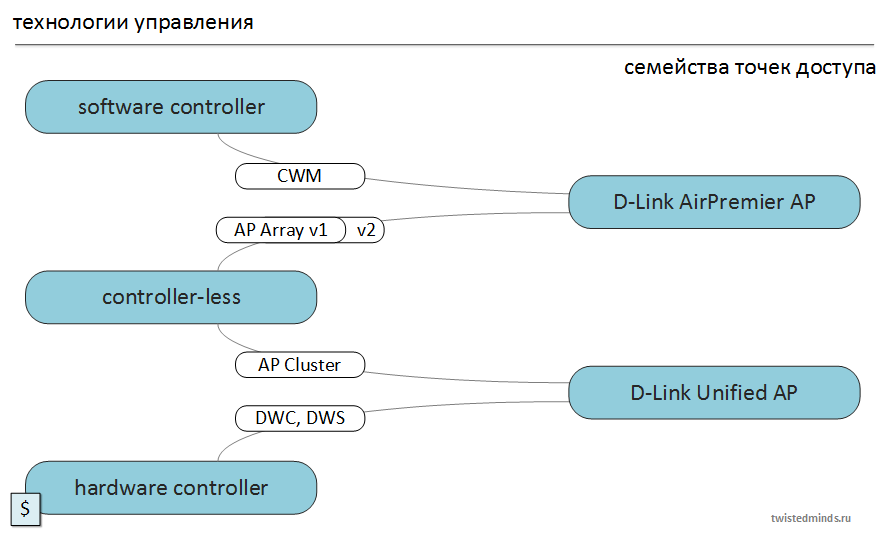We got used to multi-gigabit Wi-Fi speed introduced in 802.11ac Wave II rollout not so long time ago. However, progress is not going to stop at this point. There are a few types of applications which would greatly benefit from wireless connectivity, but there is a good reason not to bring them in your typical wireless network due to limitations.
For instance, there are lots of various sensors around us: fire alarms, access control systems, smart grids, electricity and gas meters, etc. Why not provide them with some wireless connectivity? Well, at this point we are limited to what we can do with current generation technologies.
Even with all those nice power saving mechanisms introduced in latest Wi-Fi standards device lifetime is limited to days, while we expect some sensors to operate years without the requirement to maintain its battery. Let’s leave alone node number limitation and poor reach if we are talking about providing network coverage in rural, suburbia and city district areas. While low-power WPAN technologies like Bluetooth LE, ZigBee, Z-Wave allows a device to operate from months to years without the need to replace battery they still lacking in such areas as transmission range and amount of connected devices.
Therefore, one new universal standard should be developed to meet these requirements.


